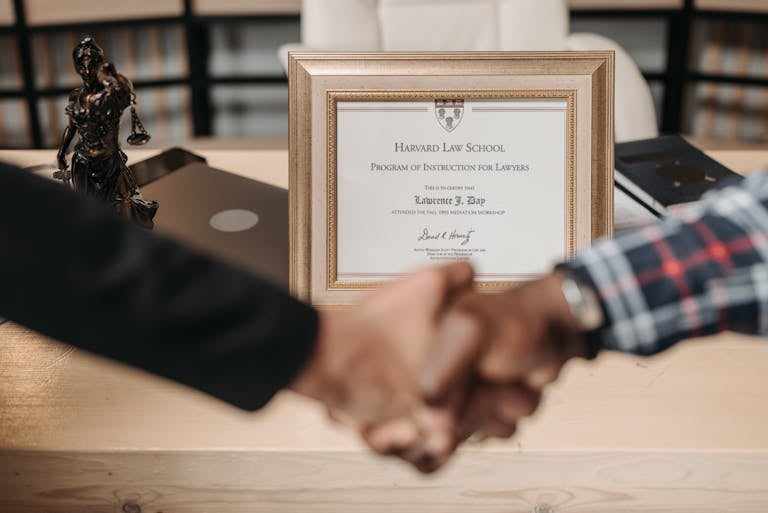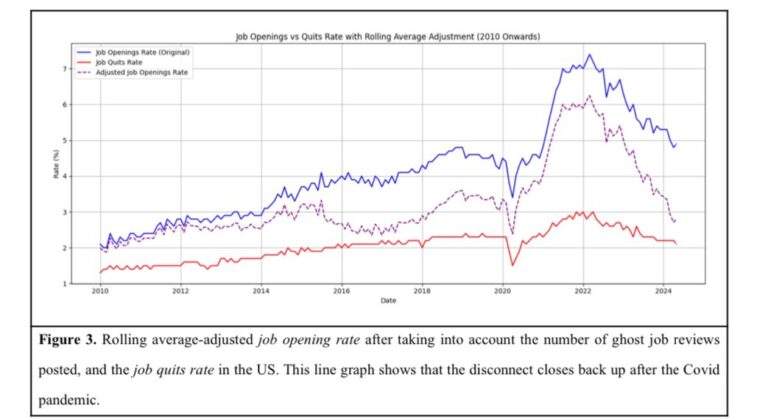How to Get Recruiters to Speed Up the Interview Process (Without Being Pushy)
Discover actionable steps to expedite hiring decisions without being pushy. Learn how to follow up effectively, create urgency, and leverage networking to land your dream job faster.
Why You Should Read This
Let’s face it: waiting for a hiring decision is the worst. You’ve crushed your interview, sent in a killer resume, and now you’re stuck. Refreshing your inbox every five minutes isn’t going to make the job offer appear any faster.
But here’s the deal—most candidates don’t realize they can actually influence the hiring timeline. It’s all about positioning, communication, and being strategic (yes, like in business).
In this guide, we’re breaking down proven, tactical steps to speed up hiring decisions without coming off as desperate or annoying. If you’ve been ghosted by a recruiter, or you just want to avoid the black hole of “we’ll get back to you,” this is for you.
Let’s dive in.
Key Takeaways
- You can influence hiring decisions by using urgency, clarity, and positioning tactics.
- Recruiters aren’t your enemies—they’re busy. Your job is to make their job easier.
- Use direct, polite communication to stay top-of-mind and in control of the timeline.
1. Understand the Hiring Manager’s Perspective
Here’s a truth bomb: hiring isn’t their top priority.
You’re laser-focused on landing this job, but recruiters and hiring managers are juggling 50 things at once—open roles, internal meetings, and yes, other candidates.
Your goal is to make their life easier. That’s how you become the candidate they want to close the deal with ASAP.
How to Do It
- Respect their time. Keep your emails short and professional.
- Don’t pester them. Instead, use strategic follow-ups to stay relevant.
2. Send the Perfect Follow-Up Email
Most people send follow-ups like this:
“Hi, just wondering if there’s been an update.”
Stop. Right. Now. That’s generic, forgettable, and doesn’t give the recruiter anything to work with.
What Works Instead
- Be polite but specific.
- Reiterate your interest and show you’re engaged.
Example Email:
“Hi [Name],I hope this email finds you well! I wanted to follow up on my recent interview for [position] and express my continued enthusiasm for the role. I’m happy to provide any additional information that could help with your decision-making process.
Could you share if there’s an updated timeline for the next steps? I completely understand how busy things can get and appreciate any updates you can share.”
Best regards,
[Your Name]”_
Boom. You’ve shown you’re interested, proactive, and considerate.
3. Create Urgency (Without Being Pushy)
Here’s the thing: urgency works, but desperation kills. You need to strike a balance.
Leverage Other Offers
Got another job offer? Use it. Tactfully.
How to Say It:
“I wanted to let you know that I’m currently in discussions with another opportunity. However, your role remains my top choice, and I’d love to align on next steps if possible.”
This says:
- You’re in demand.
- They could lose you to a competitor.
- You still value their role.
According to Robert Half, recruiters often accelerate decisions when they know a candidate might walk.
4. Ask for a Timeline Directly
During your interview, you should always ask: “When do you expect to make a decision?”
If you missed your chance, ask in your follow-up email. This does two things:
- It shows you’re proactive and serious.
- It gives you a clear date for when to follow up again.
As Spark Hire points out, most candidates don’t ask, leaving them in the dark. Don’t be that person.
5. Send a Thank-You Note (Yes, Really)
This might sound old-school, but thank-you notes still work. According to Recruiter.com, hiring managers remember candidates who send genuine thank-you emails.
What Makes a Great Thank-You Note?
- Personalization: Mention something specific from the interview.
- Gratitude: Thank them for their time and insights.
- Reaffirmation: Remind them why you’re a great fit.
6. Keep Searching (and Let Them Know You Are)
The worst thing you can do is put all your eggs in one basket. Keep applying elsewhere.
Why?
- It reduces your dependency on a single offer.
- It gives you leverage when negotiating.
Letting them know you’re still exploring other opportunities subtly communicates urgency without sounding pushy.
7. Make Yourself Easy to Hire
Here’s a pro tip: reduce friction.
Employers want candidates who make the process smooth. Be the person who’s:
- Always prepared.
- Flexible with interview times.
- Clear about their availability.
In your cover letter or during the interview, say something like: “I’m available to start immediately and can accommodate any additional steps required in the hiring process.”
This makes you the path of least resistance—and recruiters love that.
8. Use Networking to Bypass Delays
Referrals fast-track everything. If you know someone at the company, ask them to put in a good word.
Why?
- Referrals are trusted.
- They cut through the pile of resumes.
According to BambooHR, referrals lead to faster decision-making because they carry inherent credibility.
9. Be Persistent, Not Annoying
Persistence is key, but there’s a fine line between being proactive and being a pest.
The Rule of Thumb
- Wait 7–10 days after your interview to send a follow-up.
- If no response, wait another 7 days before following up again.
10. Understand the Delays (and Don’t Take It Personally)
Here’s a hard truth: most delays aren’t about you. They’re about internal bottlenecks—budget approvals, stakeholder alignment, or simple bureaucracy.
Knowing this can help you stay patient and avoid unnecessary frustration. Barada Associates highlights how these delays are common, even for top candidates.
FAQs
How long should I wait before following up?
Wait 7–10 days after your last interview. If no response, follow up again a week later.
Is it okay to mention other offers?
Yes, but frame it tactfully. Highlight your enthusiasm for their role while mentioning your other options.
Do thank-you notes really matter?
Yes. Hiring managers remember candidates who show genuine appreciation.
What if I don’t hear back after multiple follow-ups?
Move on. Keep applying elsewhere. Sometimes, no response means no interest.
Can networking really speed up the process?
Absolutely. Referrals often bypass traditional processes and get your application reviewed faster.
Conclusion
Speeding up a hiring decision isn’t about begging or pestering—it’s about strategy. By staying proactive, communicating effectively, and positioning yourself as a valuable, easy-to-hire candidate, you can nudge the process along without damaging your chances.
Remember: patience is key, but persistence wins the game. Use these tactics, and you’ll not only get faster decisions—you’ll probably secure better offers too.
Go execute.
Talk Resumes with Wealth Waggle
Perfect your resume with AI-assisted feedback and tips (using the latest recruiting intelligence).









